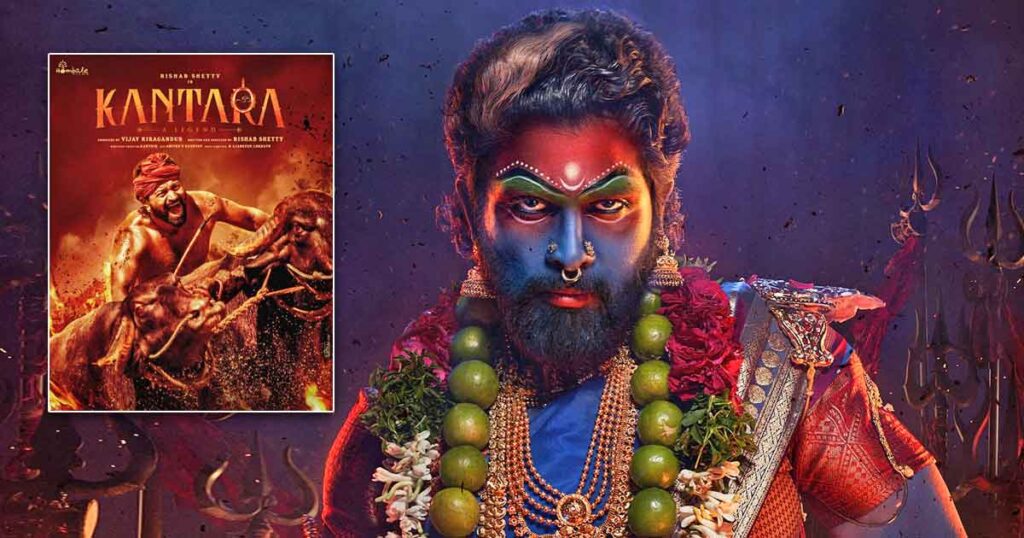In the dynamic realm of digital media, the demand for skilled professionals in the fields of Visual Effects (VFX) and Animation has surged exponentially. Aspiring individuals looking to carve a niche in the world of digital creativity often find themselves at a crossroads when deciding between VFX and Animation courses. While both disciplines share common ground in the realm of computer-generated imagery (CGI), they are distinct in their objectives, techniques, and applications. In this comprehensive exploration, we unravel the intricate differences between VFX and Animation courses to guide prospective students towards informed career choices.

Difference Between VFX and Animation Courses
Visual Effects (VFX) Courses:-
Visual Effects, commonly known as VFX, involves the integration of computer-generated elements into live-action footage to create seamless and realistic environments. VFX courses are designed to equip students with the skills and knowledge required to manipulate and enhance visual elements in films, television shows, advertisements, and more.
- Core Objectives of VFX Courses: VFX courses focus on imparting skills related to compositing, matte painting, rotoscoping, match-moving, and CGI integration. Students delve into the art of seamlessly blending computer-generated imagery with live-action footage to produce awe-inspiring visual spectacles.
- Software Proficiency: VFX courses emphasize mastery of industry-standard software such as Adobe After Effects, Nuke, Autodesk Maya, and others. These tools enable students to manipulate visual elements with precision and finesse, ensuring a high level of realism in the final output.
- Realism and Integration: The primary goal of VFX is to create realistic and immersive visual experiences. This involves simulating natural phenomena, such as fire, water, and explosions, as well as integrating fantastical elements seamlessly into live-action scenes.
- Industry Applications: VFX finds its applications in the film industry, where it is used to create stunning special effects, enhance environments, and even bring mythical creatures to life. Additionally, the gaming industry relies heavily on VFX for creating realistic animations and immersive gaming experiences.
Animation Courses:-
Animation, on the other hand, is a broader field that encompasses various techniques to bring static images or objects to life through motion. Animation courses equip students with the skills necessary to create characters, objects, and environments that move and interact in a visually engaging manner.
- Core Objectives of Animation Courses: Animation courses focus on the principles of movement, timing, and storytelling. Students learn the art of character design, rigging, keyframing, and 3D modeling to breathe life into their creations.
- Software Proficiency: Animation courses often involve training in software such as Autodesk Maya, Blender, and Adobe Animate. These tools enable students to create animations ranging from 2D cartoons to complex 3D character animations.
- Storytelling and Character Development: Unlike VFX, where the emphasis is on integrating computer-generated elements with live-action footage, animation courses prioritize storytelling and character development. Animators create entire worlds and narratives from scratch, focusing on character emotions and narrative arcs.
- Industry Applications: Animation has diverse applications across industries, including film, television, gaming, advertising, and web design. Animators are sought after to create engaging content, whether it be in the form of animated movies, commercials, or interactive experiences in video games.
Distinguishing Factors:-
- Object of Manipulation: The fundamental difference lies in the object of manipulation. VFX involves enhancing or altering live-action footage, while animation involves creating movement and life from scratch.
- Realism vs. Creativity: VFX leans towards realism, striving to make computer-generated elements indistinguishable from reality. In contrast, animation provides a canvas for boundless creativity, allowing artists to craft fantastical worlds and characters without the constraints of reality.
- Career Trajectories: While VFX specialists often find roles in post-production houses, animation professionals can venture into diverse fields such as film studios, game development companies, advertising agencies, and even educational institutions.
- Skill Emphasis: VFX courses emphasize technical skills related to CGI integration and manipulation, while animation courses prioritize artistic skills, storytelling, and character development.
VFX and Animation Courses – FAQs
What are the Prerequisites for VFX and Animation Courses?
While not mandatory, a background in arts, design, or computer science can be advantageous. However, passion, dedication, and a creative mindset are the driving forces for success.
Which Software Skills are Emphasized in these Courses?
Courses often focus on software like Autodesk Maya, Adobe After Effects, Houdini, and Nuke, enabling students to work on industry-standard platforms.
What Career Pathways Can VFX and Animation Courses Lead To?
These courses pave the way for diverse careers in film, gaming, advertising, virtual reality (VR), augmented reality (AR), and even scientific visualization.
Are Online VFX and Animation Courses Equally Effective?
Online courses offer flexibility but may lack hands-on experiences. Traditional courses provide structured learning environments and direct interactions with mentors.
How Long Does it Take to Master VFX and Animation Skills?
Mastering these skills can take time, varying from a few months for basic proficiency to several years for expertise in specific areas.
What Sets Apart a Great Animator or VFX Artist?
Apart from technical skills, a great artist possesses a keen eye for detail, storytelling abilities, creativity, and a constant thirst for learning and innovation.
Conclusion:
In the realm of digital media, the choice between VFX and Animation courses is a pivotal decision that shapes the trajectory of one’s career. Aspiring individuals should carefully consider their interests, whether they are drawn to the meticulous integration of computer-generated elements into live-action scenes (VFX) or the boundless creative possibilities of crafting animated worlds and characters from scratch (Animation).
Ultimately, both VFX and Animation courses offer exciting opportunities for individuals to contribute to the ever-evolving landscape of digital media. By understanding the nuances and distinctions between these two fields, prospective students can make informed decisions that align with their passions and career aspirations. As the world continues to embrace the power of digital storytelling, the skills acquired in either VFX or Animation courses will undoubtedly be in high demand, paving the way for a fulfilling and dynamic career in the realm of visual creativity.
Read More:-The 6 Best Horror Movies in Hindi You Need to Watch Next
Read More:- Top 5 Upcoming New Hollywood action movies 2023









